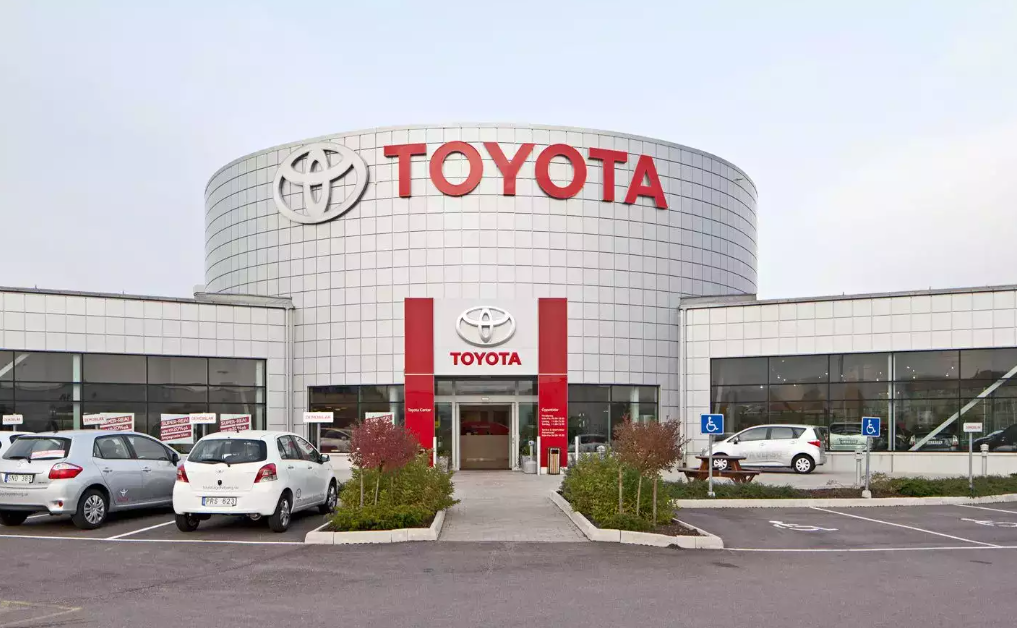Introduction

Nokia Corporation, headquartered in Espoo, Finland, is a global leader in telecommunications, information technology, and consumer electronics. Founded in 1865, Nokia has undergone significant transformations—from a paper mill to a pioneer in mobile communications, and later into a major provider of telecommunications infrastructure and technology solutions.
Founding and Early History (1865–1960)
Nokia began in 1865 as a single paper mill operation on the banks of the Nokianvirta River, established by mining engineer Fredrik Idestam. By 1871, Idestam, along with Leo Mechelin, founded Nokia Ab, naming the company after the river. Over the next century, Nokia diversified into various industries including rubber, cables, forestry, electronics, and power generation. It merged with Finnish Rubber Works and Finnish Cable Works in 1967 to form Nokia Corporation.
Entry into Electronics and Telecommunications (1960–1980s)
Nokia’s entry into the electronics industry began in the 1960s, focusing initially on military and scientific equipment. The company developed its first radio telephones in the 1970s and became increasingly involved in telecom networks. The 1980s saw the emergence of mobile phones, and Nokia played a pivotal role in the Nordic Mobile Telephone (NMT) network, the first international cellular network.
Rise to Global Prominence (1990s–2007)
During the 1990s, Nokia focused on telecommunications and mobile phones, divesting non-core operations. It launched iconic handsets like the Nokia 1011 (the first GSM phone) in 1992, and the Nokia 3310 in 2000. Under the leadership of CEO Jorma Ollila, Nokia became the world’s largest mobile phone manufacturer by 1998. Its slogan “Connecting People,” introduced in 1992, became synonymous with the brand.
Decline in the Mobile Phone Market (2008–2014)

Nokia struggled to compete with the rise of smartphones led by Apple’s iPhone (2007) and Android devices. The Symbian OS failed to adapt, and in 2011 Nokia partnered with Microsoft to use Windows Phone OS. The Lumia series, while innovative, failed to regain market share. In 2013, Nokia sold its Devices and Services division to Microsoft for €5.4 billion, marking its exit from consumer mobile phones.
Reinvention and Focus on Networks (2014–Present)
After selling its mobile division, Nokia pivoted to network infrastructure. It acquired Alcatel-Lucent in 2016, expanding its reach in IP networking and cloud technologies. Nokia became a key player in 5G technology and telecommunications infrastructure globally.
In 2016, HMD Global, founded by former Nokia employees, began manufacturing Nokia-branded phones, rekindling consumer interest in the brand.
Recent Developments (2020–2025)
- 2020: Pekka Lundmark appointed CEO. Nokia shifted focus toward enterprise networks, digital infrastructure, and 5G development.
- 2021: Restructuring into four business groups: Mobile Networks, Network Infrastructure, Cloud and Network Services, and Nokia Technologies.
- 2022: Stronger emphasis on sustainable practices, with net-zero emissions goals.
- 2023: Rebranded with a new logo to symbolize a forward-looking, technology-first company. The company reaffirmed its exit from consumer phone manufacturing and focused solely on networks and licensing.
Financial Trends (2010–2024)
- 2010–2013: Declining revenue due to shrinking phone market share. Operating margins and profit dropped significantly.
- 2014–2016: Recovery driven by network division and Microsoft deal proceeds. Acquisition of Alcatel-Lucent boosted assets.
- 2017–2019: Investment in 5G led to R&D expenses outpacing revenue growth.
- 2020–2024: Stabilized revenue from 5G contracts and enterprise services. Improved profit margins under Pekka Lundmark’s strategy.
Divisions and Operations
- Mobile Networks: Develops and deploys 5G and legacy mobile systems.
- Network Infrastructure: Focuses on optical, fixed, and IP networks.
- Cloud and Network Services: Provides software and digital infrastructure solutions.
- Nokia Technologies: Manages licensing of patents and brand use.
Awards and Recognition
- In 2018, Nokia received the Leading Lights award for the most innovative cable/video product.
- Named one of Ethisphere’s 2018 World’s Most Ethical Companies.
Logo History
- 1865: Nokia Osakeyhtiö’s original logo.
- 1871: Early iteration with industrial focus.
- 1965–1986: Finnish Rubber Works logo.
- 1966–1992: ‘Arrows’ logo post-merger.
- 1992: Introduction of “Connecting People” slogan, created by Ove Strandberg.
- 2005: New slogan typeface using Nokia Sans.
- 2011: Slogan dropped from logo; branding continued on HMD Global’s consumer phones.
- 2023: Rebranded corporate logo introduced.
Controversies
NSN’s Intercept Capability in Iran
In 2008, Nokia Siemens Networks reportedly supplied Iran with technology enabling surveillance and deep packet inspection. Following protests in 2009, the company faced a consumer boycott in Iran. NSN later claimed the technology was for lawful local voice call monitoring only.
Nokia–Apple Patent Dispute
In 2009, Nokia sued Apple over 10 patents. Apple countered with 11 claims, leading to a protracted legal battle. In 2011, Apple agreed to a $600 million settlement and future royalties. Both companies cross-licensed select technologies.
Alleged Tax Evasion in India
In 2013, Nokia’s Indian subsidiary faced allegations of non-payment of ₹30 billion in TDS related to royalty payments. The issue stemmed from transfer pricing concerns.
Nokia 7 Plus Data Breach
In 2019, allegations emerged that Nokia 7 Plus devices sent unencrypted user data to Chinese servers. HMD Global attributed it to a software packaging error. Finnish regulators launched an investigation.
Xinjiang Forced Labor Allegation
In 2020, the Australian Strategic Policy Institute named Nokia among 82 companies allegedly linked to forced Uyghur labor in Xinjiang. Nokia denied involvement but the incident raised ethical scrutiny.
Conclusion
From a riverside paper mill to a telecom titan, Nokia has demonstrated an enduring ability to adapt and evolve. While its dominance in mobile handsets faded, its commitment to innovation, network infrastructure, and ethical standards continues to position it as a central figure in the global tech industry.





